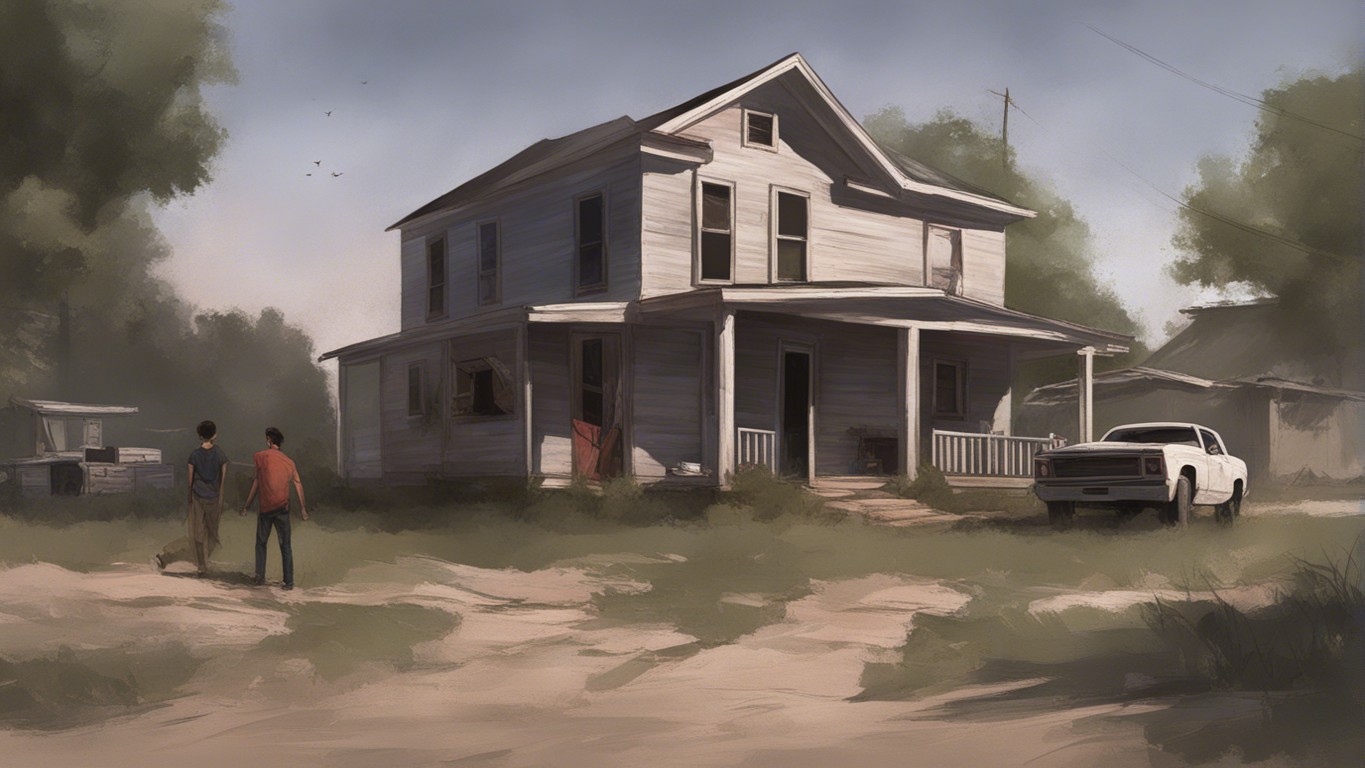Cody Posey became a household name in July 2004 when the news broke of his arrest for the murder of three family members in rural New Mexico. The case drew widespread media scrutiny, leading to public debates on the justice system’s treatment of minors involved in serious crimes. “A farm boy with a troubled past, or a cold-blooded killer? The debate continues,” a line from The Albuquerque Journal encapsulated the public sentiment.
Early Life and Family Dynamics
Cody Posey was born in 1989 and spent the bulk of his childhood at Chavez Canyon Ranch, a property belonging to notable news anchor Sam Donaldson. It wasn’t a happy home. Multiple reports indicated physical and emotional abuse from his father, Paul Posey. School records even showed that Cody had trouble concentrating and was often absent, adding another layer of complexity to his turbulent upbringing. Neighbors had been witnesses to the family discord, recounting incidents of screaming matches and even noticing bruises on Cody. “The atmosphere was constantly tense. It was like a ticking time bomb,” one neighbor revealed in an interview with The Santa Fe New Mexican.
The Crimes: A Detailed Timeline
- July 5, 2004, Morning: Cody Posey gets into an argument with his father, escalating tensions further.
- July 5, 2004, Afternoon: Posey shoots his father Paul, stepmother Tryone, and stepsister Marilea Schmid at close range.
- July 5, 2004, Late Afternoon: Cody buries the bodies in a manure pile on the ranch, an act indicating calculated forethought.
- July 6, 2004: Authorities, following an anonymous tip, discover the bodies and initiate a full-scale investigation.
- July 7, 2004: Cody is located, arrested, and charged with three counts of first-degree murder.
The Investigation
The investigative team immediately went to work, gathering diaries, eyewitness accounts, and forensic evidence linking Cody to the gruesome murders. Ballistic reports confirmed that the murder weapon was registered under Paul Posey’s name. After his arrest, Cody was interrogated for hours. According to The Albuquerque Journal, “When initially questioned, Cody denied involvement, but eventually broke down and confessed, claiming years of abuse had driven him to the breaking point.”
Trial and Verdict
The trial commenced in January 2006, and it was nothing short of sensational. Cody’s defense lawyer worked on painting a picture of a youth driven to extremes due to constant abuse. Multiple psychiatrists testified, discussing Cody’s diagnosed PTSD and its impact on his actions. The prosecution, however, argued that the methodical way Cody hid the bodies pointed to premeditated murder, not a spur-of-the-moment act. Juror statements later shared with the Associated Press conveyed the dilemma: “There was no easy choice here, given Cody’s age and the grim familial context. However, we had to adhere to the law.”
In February 2006, the court handed down its judgment. Cody was convicted of first-degree murder for killing his stepsister and second-degree murder for the deaths of his father and stepmother. His sentence included juvenile detention until 21, followed by two life terms in prison.
Public Reactions and Appeals
Post-trial, public opinion was even more sharply divided. Editorials and op-eds started popping up everywhere. In The Santa Fe New Mexican, one columnist asked, “What’s the limit to how much a child can endure?” On the flip side, others contended that no amount of suffering excused the heinous crimes. Legal proceedings didn’t end with the trial; Cody’s lawyers filed numerous appeals on various grounds, from insufficient legal representation to prejudicial media coverage. All appeals have been denied to date.
Legacy and Current Status
Cody Posey’s case has grown into a symbol for discussions around juvenile justice, the impact of long-term abuse, and the potential for rehabilitation. Professors in criminology cite the case as a reference point for how systems can fail individuals. Journalists still write about him, often noting how his case adds a complex layer to the perception of crime and family violence.
Cody Posey’s story is a painful saga of family dysfunction erupting into violence. While questions about whether justice was duly served will likely persist, the tragedy serves as a haunting case study that challenges our notions of right and wrong. As years pass, the case solidifies its position in American criminal history, both as a somber narrative and a lens through which systemic issues can be viewed.
